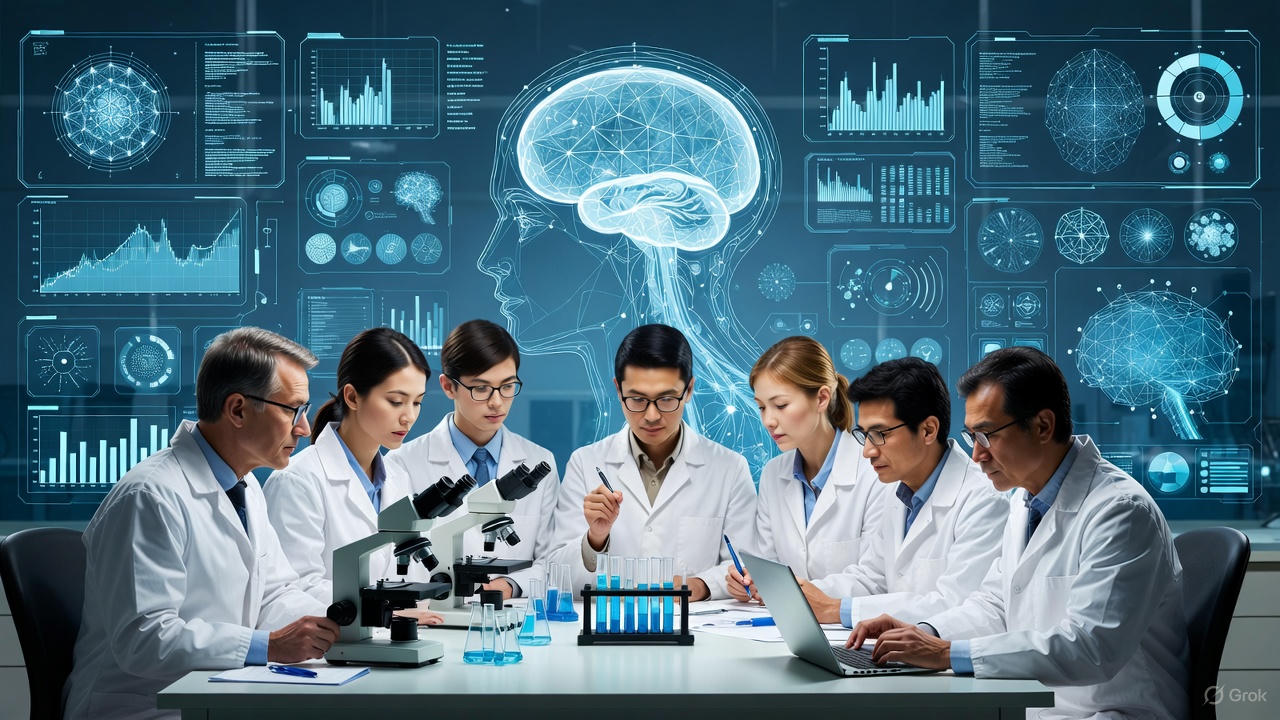Neuroscientists Find Parallel Between Human and New AI Model Problem-Solving

Neuroscientists have uncovered surprising cognitive parallels between human decision-making and the behavior of a newly developed AI model, according to a study released this week. Researchers observed that the system appeared to solve problems using strategies previously thought to be uniquely human. The findings open new conversations about how machines reason — and how closely they may mirror human thought processes.
Background: A Convergence Years in the Making
For years, AI researchers have worked toward developing systems that can think more like humans — not just process data faster. As models grow increasingly large and multimodal, neuroscientists have become more interested in whether artificial systems spontaneously develop brain-like reasoning patterns. Earlier comparisons focused largely on vision models and pattern recognition, but higher-order cognition remained poorly understood.
Key Findings: Shared Strategies in Problem-Solving
In the new study, neuroscientists presented both human participants and an advanced AI model with a series of progressively difficult reasoning puzzles. Surprisingly, both groups displayed similar decision patterns, including how they simplified problems, made predictions, and corrected mistakes.
Researchers noted that the AI’s “reasoning trajectory” — the step-by-step internal process it used — often aligned with the cognitive strategies seen in human subjects. One expert involved in the research said the results indicate that emerging AI systems may independently converge on reasoning methods that resemble human cognition, even without being explicitly trained to imitate them.
Technical Explanation: How Machines Mimic Minds
While AI models do not literally think like humans, they sometimes arrive at solutions using structures that resemble human intuition. In simple terms, the model breaks complex tasks into smaller, manageable chunks — similar to how a person might talk themselves through a difficult puzzle. This kind of layered reasoning, once considered uniquely biological, appears to emerge naturally in high-capacity AI models trained on diverse data.
Implications: Safer, Smarter, More Predictable AI
The parallels uncovered in the study could have far-reaching implications.
For developers, understanding how AI arrives at answers may offer new pathways for safety, transparency, and interpretability.
For neuroscientists, the findings could provide virtual models for studying cognition without invasive experiments.
The research also raises broader questions about human-AI collaboration, especially in fields like medicine, scientific research, and education where intuitive reasoning is critical.
Challenges and Limitations
The study’s authors caution against overstating the similarities. AI models do not experience emotions, context, or consciousness — all key components of human thought. Additionally, the parallels observed might only appear in controlled experimental tasks and may not extend to real-world decision-making.
Researchers also warn that some models may mimic human-like reasoning patterns only superficially, without genuine comprehension.
Future Outlook
Future experiments aim to explore whether these parallels deepen as AI models become more powerful and specialized. Scientists hope that mapping AI reasoning at scale could help build systems that are not only more efficient but also more predictable and aligned with human values.
Conclusion
The discovery of shared problem-solving patterns between humans and modern AI represents a pivotal moment in cognitive science and machine learning. As researchers continue to compare the way humans and machines think, the boundary between biological and artificial reasoning may become even more nuanced — shaping the next wave of responsibly designed AI.